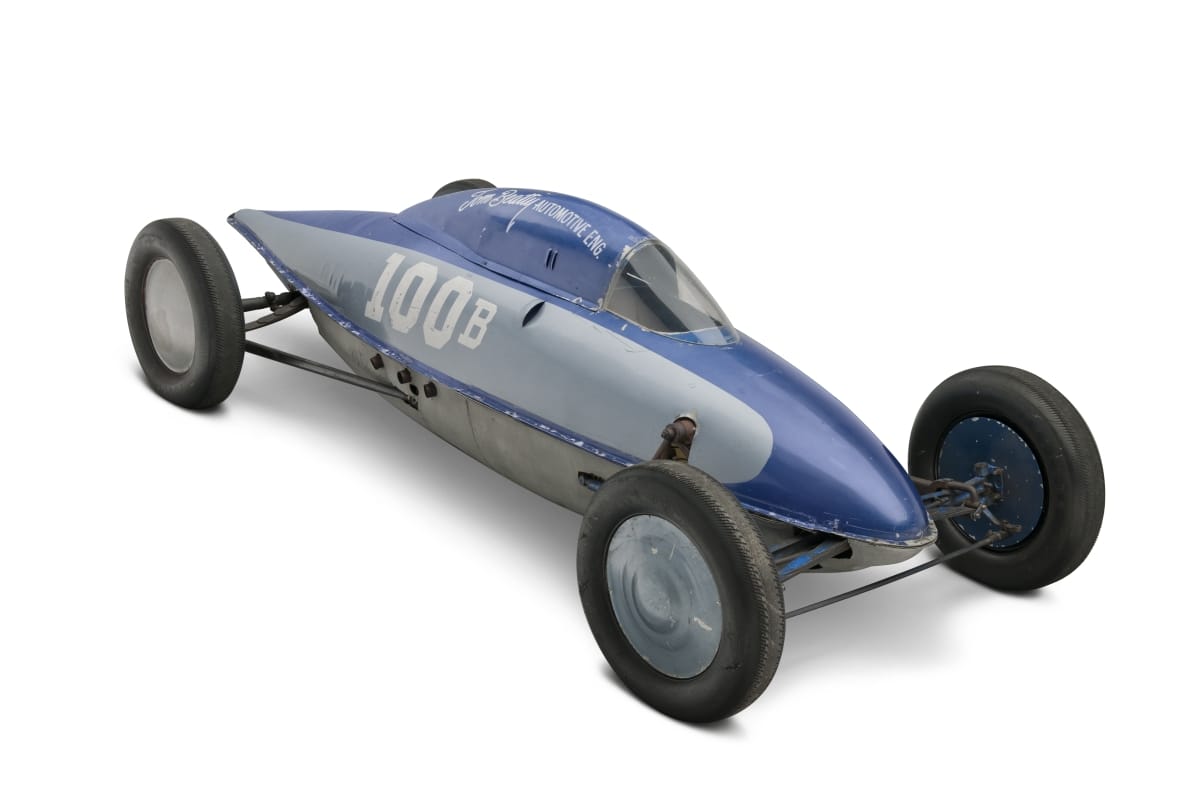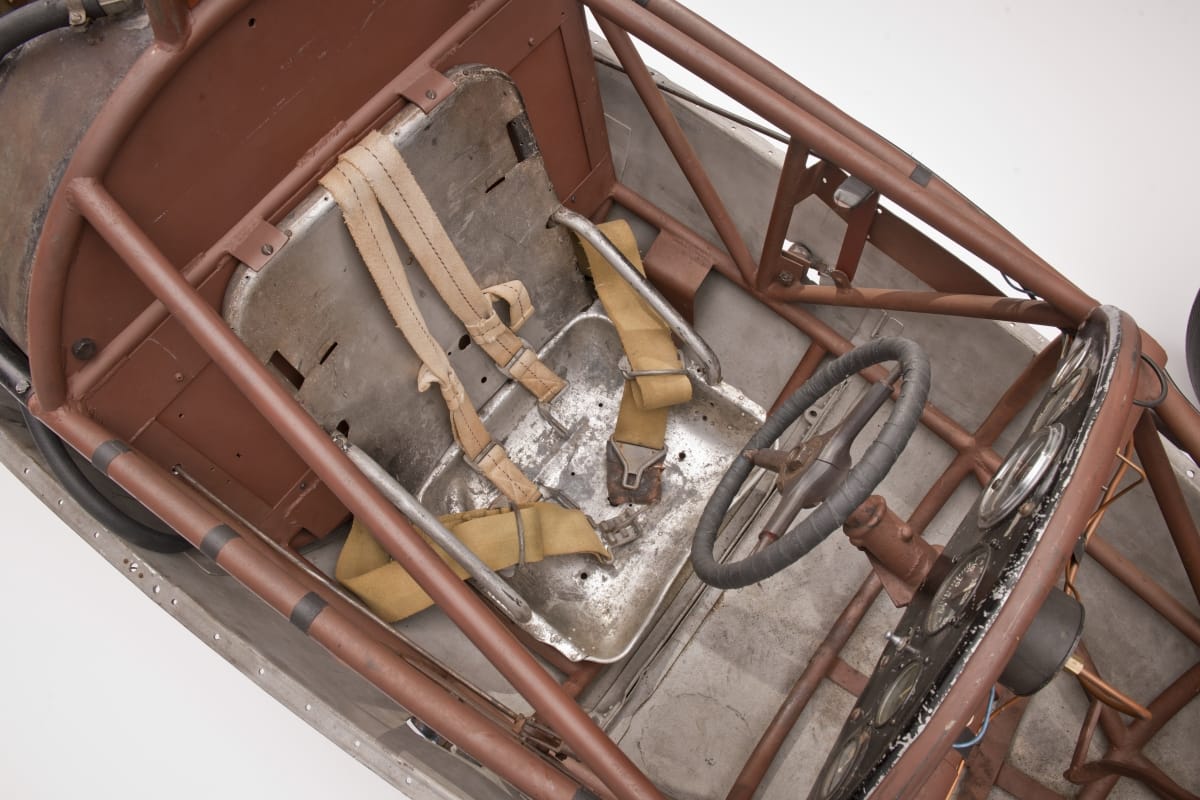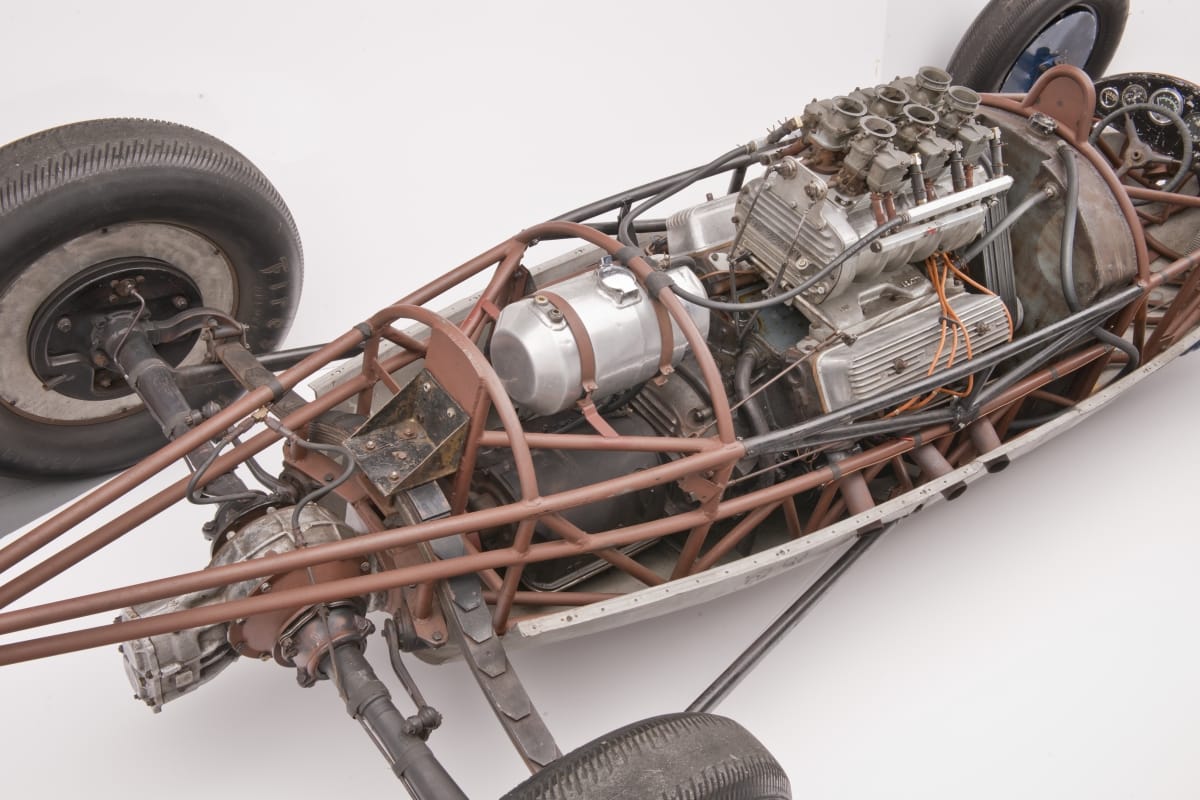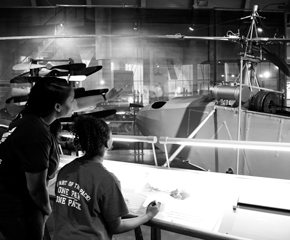
Each year, Greenfield Village closes for the winter season - but that doesn't mean it lies dormant! This is the time for freshening up the homes, grounds and vehicles in preparation for the busy year ahead. Take a peek into what happens during winter in Greenfield Village - then join us in April to enjoy the results!
In 1800s Ohio, the harsh winters provided little opportunity for families like future tire magnate Harvey Firestone's to enjoy fresh foods. In order to keep the family fed until spring, the Firestones worked hard to preserve and enjoy the crops and animals they raised all year long on the farm, which included their hogs.
Very little of the pig went to waste, as the men of the family carefully cut pork chops, roasts, bacon and more from the animal. From there, the women rendered the fat for lard, soap and other uses.
Today, we continue this tradition, but with trained professionals slaughtering the hogs; our Firestone Farm presenters then butcher and preserve the meat in the farmhouse's root cellar.
Continue Readingfarm animals, winter, home life, Greenfield Village buildings, Greenfield Village, food, farms and farming, by Ryan Spencer
Doc Howard
Ever heard of Alonson Bingley Howard Jr.? Well he’s actually someone we know quite well here at The Henry Ford. We call him Doc Howard and his office and garden are located in Greenfield Village.
Doc Howard practiced in Michigan around the time of the Civil War. He was, as we say now, a homeopathic doctor – creating his own concoctions and medicines from natural sources such as herbs, spices, elixirs, poultices, pills, waters, chemicals and minerals.
19th century, Michigan, healthcare, Greenfield Village buildings, Greenfield Village, Dr. Howard's Office
Car Talk: The Lakester

1951 Beatty Belly Tank Lakester Land Speed Race Car / THF90122
What do you get when you mix a war surplus fuel tank, an Oldsmobile engine, and a boatload of ingenuity? You get The Henry Ford’s latest automotive acquisition, the Lakester.
During World War II aircraft designers looking for ways to extend the range of fighter planes came up with the idea of hanging expendable auxiliary fuel tanks under the wings or fuselages of aircraft. These teardrop-shaped tanks could be jettisoned when they were empty. When Bill Burke, a California hot rodder serving in the Navy, saw some of these tanks on Guadalcanal, he thought they would make nifty bodies for streamlined racing cars. After the war, Burke put his idea into action.
Surplus drop tanks (also called wing tanks or belly tanks) were available for as little as $35. Burke squeezed an engine, driver’s seat, and running gear inside the tank, leaving the wheels and axles exposed. Burke raced the slick little car at El Mirage, a large, flat dry lake bed north of Los Angeles where hot rodders ran their vehicles in straight-away top speed runs against the clock. Other hot rodders soon copied Burke’s idea and over time the new cars came to be called “lakesters” because they were built to run at the dry lakes.
Cockpit of the 1951 Beatty Belly Tank Lakester / THF90112
I have long wanted to add a lakester to The Henry Ford’s collection of race cars, because lakesters embody ingenuity and resourcefulness, and because they are peculiarly American. For years I have had my eye on one of the most successful and famous lakesters, a car built and driven by another California hot rodder, Tom Beatty. In 2009 the car came up for auction and we were finally able to acquire it.
Techno Talk Warning: The following paragraph is a technical description of Tom Beatty’s car for the benefit of “car geeks” (like the writer). If you are bored by discussions of chrome-moly tubing and swing axles, skip to the last paragraph.
Part of the attraction of Tom Beatty’s car is its sheer technical virtuosity. It looks like lots of other belly tank lakesters, but underneath the aluminum teardrop it is very different. Most lakester builders used a simple parallel rail frame, but Beatty welded up a complex space frame from chrome-moly steel tubing. It was stiffer and safer in an accident. Most lakesters ran without a rear suspension, but Beatty devised a swing axle independent rear suspension that helped the car maintain traction over the sometimes rough dry lake surface, or at the Bonneville Salt Flats.

Engine and Drivetrain on the 1951 Beatty Belly Tank Lakester / THF90115
Beatty was also one of the first hot rodders to experiment with supercharging, adapting GMC blowers to his flathead Ford engines. The car first ran at the 1951 Bonneville Speed Week, turning a top speed of 188.284 mph. Over the years Beatty kept improving the car, moving to supercharged Oldsmobile engines in 1959. By the time Beatty retired from racing after 1965 season, the lakester had gone 243.438 mph, and was the oldest car running at Bonneville.
As it sits on the floor of Henry Ford Museum, Tom Beatty’s car looks a little rough. The paint is chipped and the body is dinged. But it looks today much as it did the last time it ran in anger at Bonneville, and we will not restore it. We will do only what is necessary to preserve it. After all, you don’t mess with an American original.
Bob Casey is former Curator of Transportation at The Henry Ford. This post was last updated in March 2021.
Utah, California, 20th century, 1950s, racing, race cars, race car drivers, making, Henry Ford Museum, Driven to Win, cars, by Bob Casey
Fall Harvest at Daggett and Firestone Farms
It seems an odd notion, but as the days grow shorter and autumn’s colors begin to creep into the trees and hedgerows of Greenfield Village, the geese take wing in to their formations, and the smell of wood smoke fills the air, the connection to the past seems even stronger. For those of us who work in the living history areas of the Village, there is also a strange pressing need associated with this change of the season to begin the preparations for the long winter ahead.
At the two main living history sites in the Village, Daggett Farm and Firestone Farm, the slower pace of the long summer days begins to quicken as the harvest season approaches. For our visitors, it’s a fascinating view of preparations and work with similar goals, but with very different sets of tools and technology available to achieve these goals. The colonial Daggett family and the Victorian Firestones both needed to harvest their crops, store away vegetables and fruits, and prepare and preserve a winter’s meat supply. And, everybody made cider!
recipes, Greenfield Village buildings, Greenfield Village, food, farms and farming, Daggett Farmhouse, by Jim Johnson, agriculture


